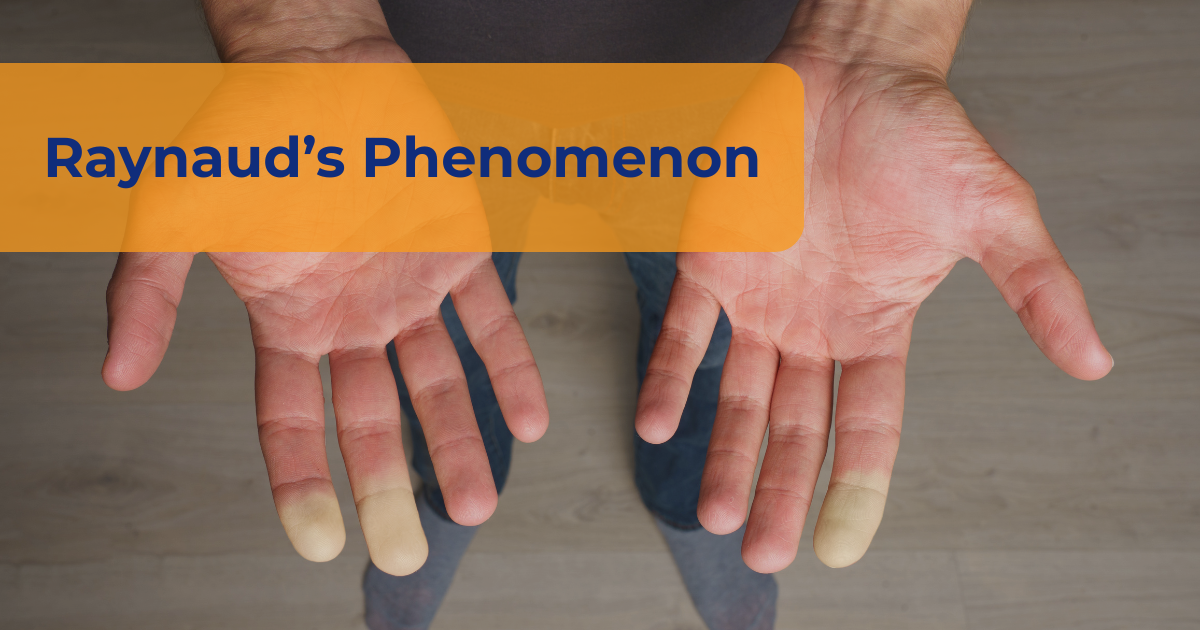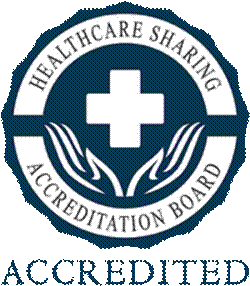When the temperature drops or you're feeling stressed, you might notice your fingers or toes turning white or blue. This strange sensation, often followed by numbness or tingling, might be more than just the cold, it could be a condition known as Raynaud’s Phenomenon.
Let’s take a closer look at what this condition is, what causes it, and how you can manage it as part of your wellness journey.
What is Raynaud’s Phenomenon?
Raynaud’s Phenomenon (also called Raynaud’s Disease or Raynaud’s Syndrome) is a condition that affects blood flow, most often to the fingers and toes. During a Raynaud’s episode, the small blood vessels in these areas narrow more than usual in response to cold temperatures or emotional stress. This can cause:
-
Cold fingers or toes
-
Color changes in the skin (white, blue, then red as circulation returns)
-
Tingling or numbness
-
Throbbing or pain once blood flow comes back
Though it usually affects the fingers and toes, it can also impact the nose, ears, lips, or nipples.
Who is Most at Risk?
Raynaud’s can affect anyone, but some people are more likely to experience it:
-
Women are more commonly affected than men
-
People who live in colder climates
-
Those with a family history of Raynaud’s
-
Individuals with certain autoimmune or connective tissue disorders, like lupus or scleroderma
There are two main types of Raynaud’s:
-
Primary Raynaud’s, which has no known cause and is typically less severe
-
Secondary Raynaud’s, which is linked to underlying health conditions and may require more medical attention
What Triggers an Episode?
Episodes can be triggered by:
-
Cold exposure (even holding a cold drink or being in an air-conditioned room)
-
Stress or anxiety
-
Smoking or caffeine (which can constrict blood vessels)
 How is Raynaud’s Diagnosed?
How is Raynaud’s Diagnosed?
If you notice color changes in your fingers or toes, or have pain and numbness during cold weather, it’s worth talking to a healthcare provider. They may ask about your symptoms, examine your hands, or order blood tests to check for related conditions.
How is it Treated?
While there's no cure for Raynaud’s, there are ways to reduce the number and severity of episodes:
-
Keep warm – Dress in layers and wear gloves and warm socks, even indoors if needed
-
Manage stress – Deep breathing, exercise, or relaxation techniques may help
-
Avoid triggers – Limit caffeine and avoid smoking
-
Exercise regularly – This can help improve circulation
In more severe cases, medication may be prescribed to relax blood vessels and improve blood flow.
When to See a Provider
If Raynaud’s is interfering with your daily life or you're experiencing frequent or painful episodes, especially if sores or infections develop, it’s time to seek medical advice. Early detection and care can prevent complications, especially for those with an underlying health condition.
Support Through Your OneShare Health Membership
As a Member of a Health Care Sharing Ministry like OneShare Health, your wellness is a shared priority. If you or a family Member is experiencing symptoms of Raynaud’s Phenomenon, you can conveniently connect with a provider through Virtual Urgent Care (Telemedicine), available 24/7 at no additional cost. It's a simple, affordable first step in understanding your symptoms and determining next steps.
And if you're looking to manage your prescription costs, don't forget to check out the Rx Valet and WellCard Savings options included in your Membership.
Take the Next Step Toward Better Health
Whether you're caring for yourself or your loved ones, being informed helps you make the best choices for your health. If you have questions about what’s included in your OneShare Health Program, reach out to Member Support.
Your path to whole health begins with understanding, and at OneShare Health, we’re here to walk beside you every step of the way. Become a Member and join a community that cares for your health and your heart.










